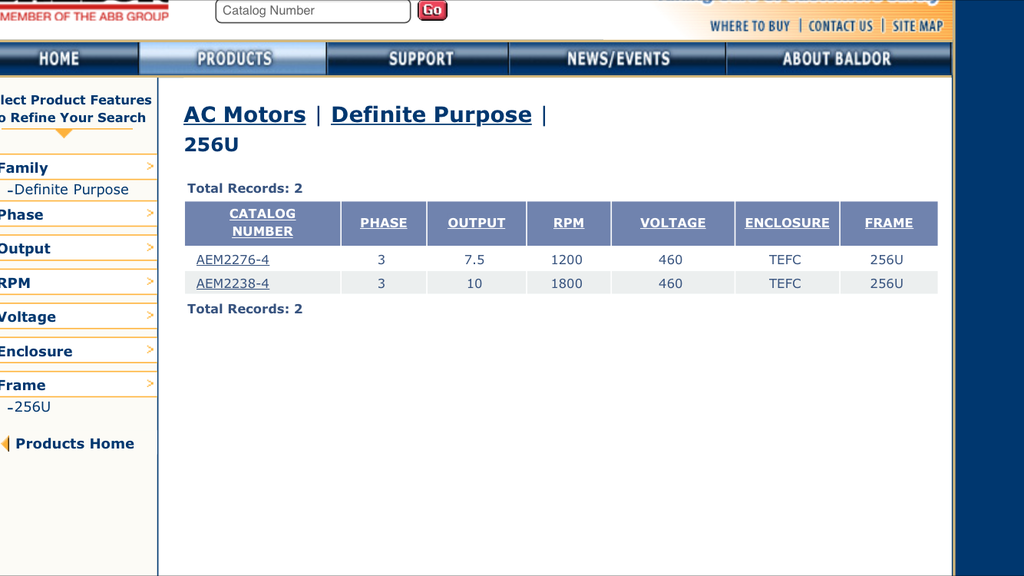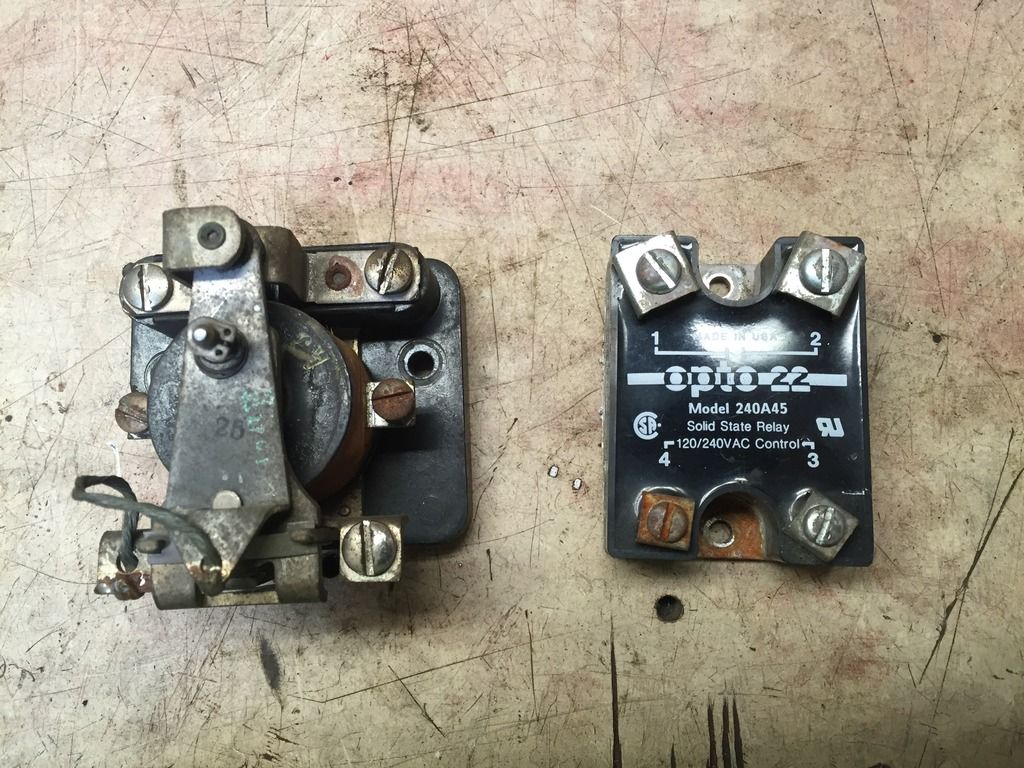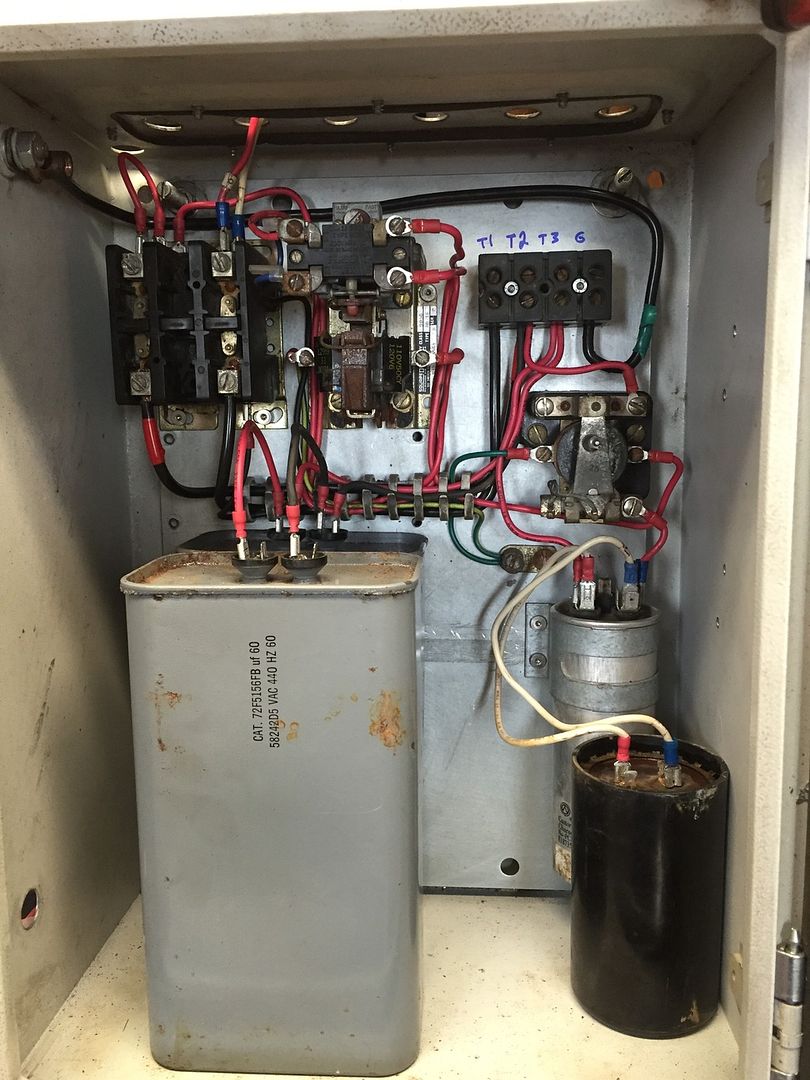Billyboyr66
Aluminum
- Joined
- May 14, 2016
I bought an older round ram j head mill and the guy gave me this rotery converter among some other stuff. It looks like it has been used, but not recently. I have plans to re wire it due to insulation missing on some wires from mice. But before i do i want some more experianced opinions.
Is there anything i should replace, other then wiring? I am going to use some wire distribution blocks vs the eye lets and bolting them together like whom ever built this converter.
Im no master electrician/or controlls guy so im not sure what some of the items in there are. I would assume That one is contactor, maybe a relay, but as for the rest im not sure. There is no start stop buttons so i assume the past owner controlled it remotely. With that being said id like to do the same but dont know where to connect start/stop controlls to.
Is there a way to check all of the power caps in there to make sure that they are good? Can u ohm them? I know my way around a volt/amp meter and have several.
I know the theory behind the converter, and the basics of how it works but id rather have some other opinions before i run any power to it.

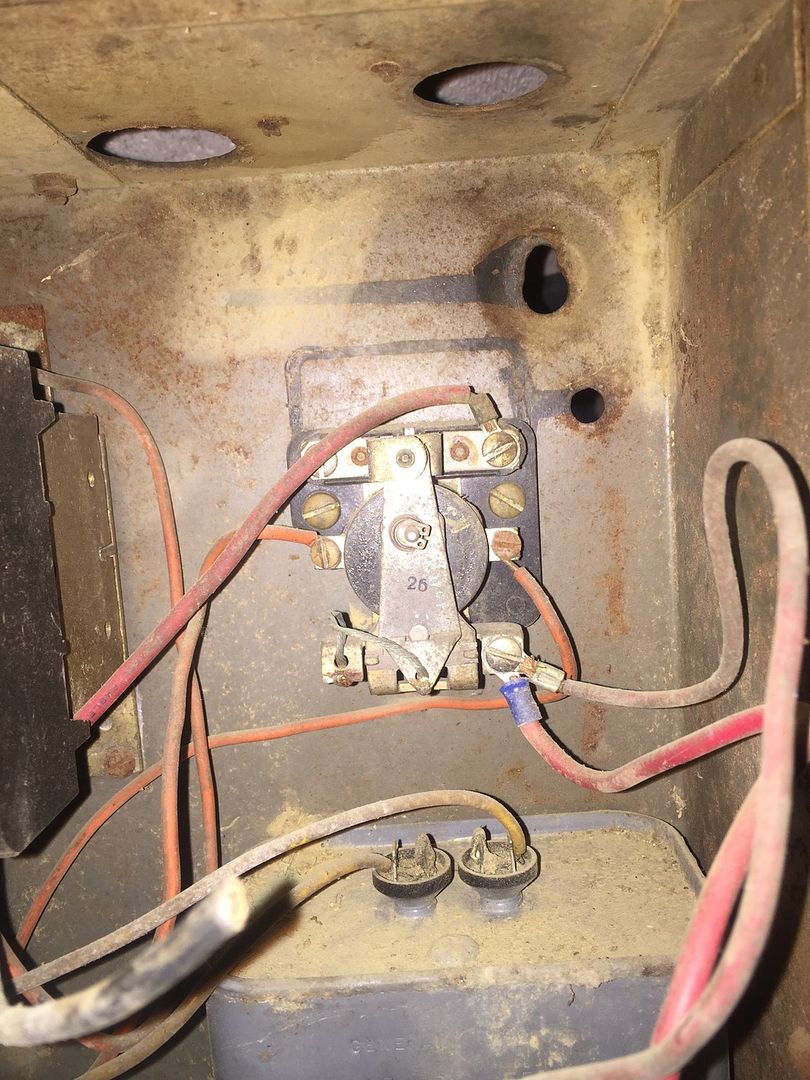
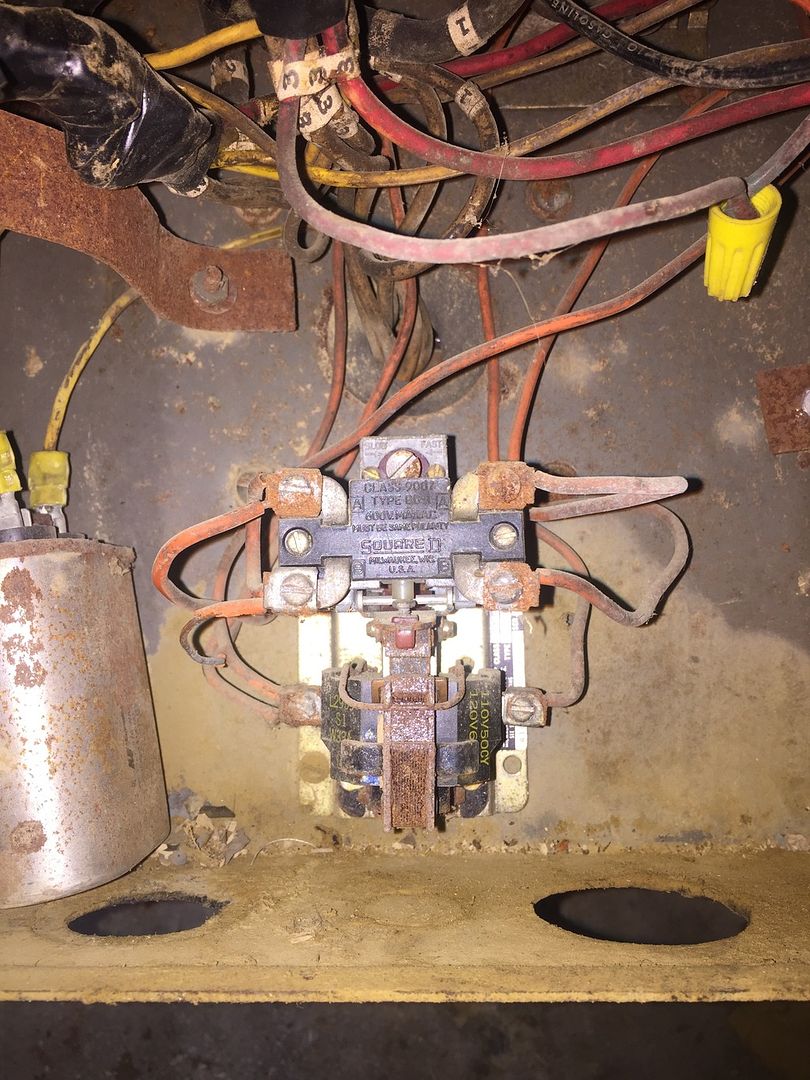
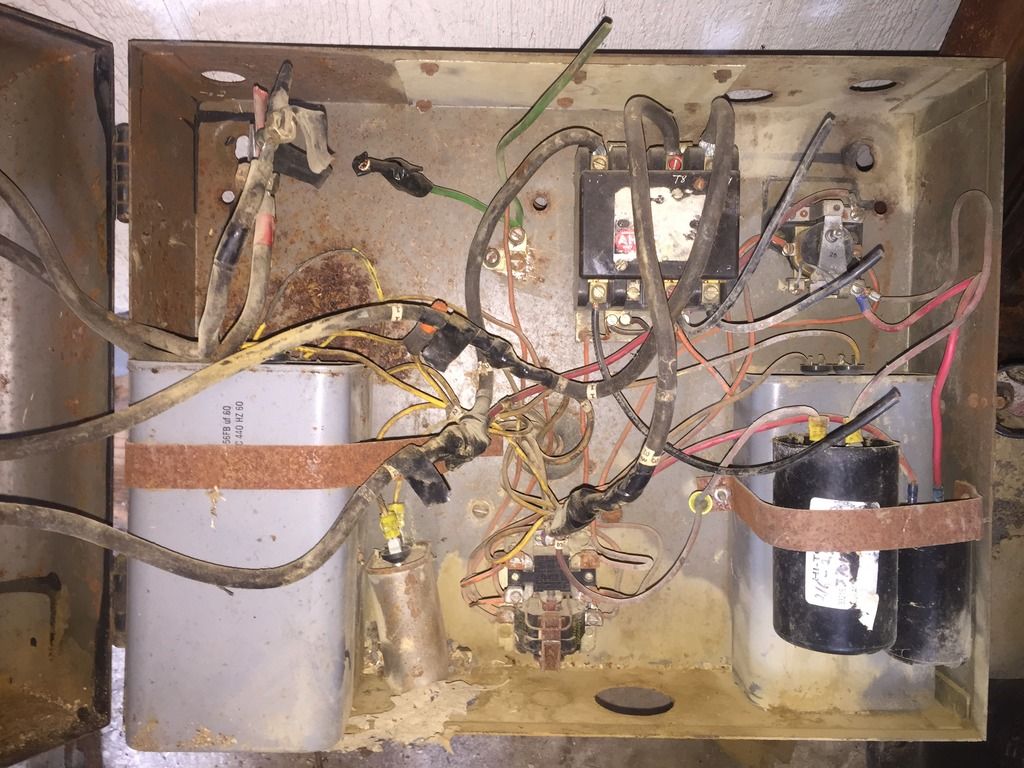
Is there anything i should replace, other then wiring? I am going to use some wire distribution blocks vs the eye lets and bolting them together like whom ever built this converter.
Im no master electrician/or controlls guy so im not sure what some of the items in there are. I would assume That one is contactor, maybe a relay, but as for the rest im not sure. There is no start stop buttons so i assume the past owner controlled it remotely. With that being said id like to do the same but dont know where to connect start/stop controlls to.
Is there a way to check all of the power caps in there to make sure that they are good? Can u ohm them? I know my way around a volt/amp meter and have several.
I know the theory behind the converter, and the basics of how it works but id rather have some other opinions before i run any power to it.






